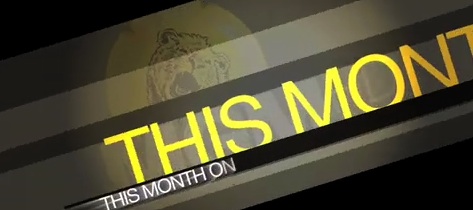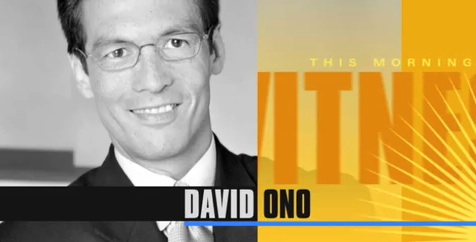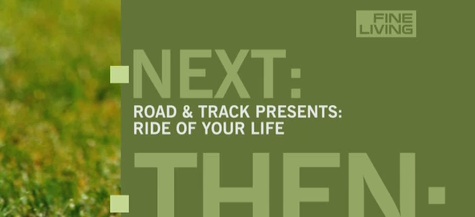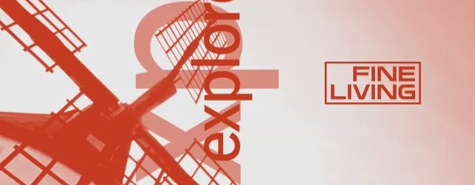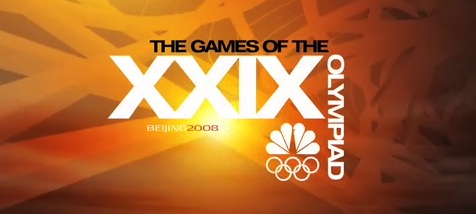interview
Natasha Clawson, a student from UC Davis interviewed me recently for a project she was doing for her Type in Motion class. She said I could share the questions and answers on my blog, so I though I'd post them in case they were interesting to anyone else out there (and admittedly as a bit of self promotion).
1. Did you always want to be a motion graphics designer? If not, what career did you originally pursue and what made you switch to motion graphics?
I'm too old for that! There was no such thing as motion graphic design when I went to college. My degree is in Communication Design and I did take the media classes (film) that were offered as part of it, but most of my education was print based. (This was still in the days when you had to spec type - we didn't use computers). I can remember doodling moving logos back to grade school, though never knew of that as a field. I also did an independent study in environmental design (theme parks, museums, etc) and expected to end up in something related to that more than in motion graphics. I guess on a broader scale I've always been interested in how someone experiences design in ways other than print.
2. Do you enjoy motion graphics, or is it simply a job that you happen to be talented for?
I love motion graphics, though I consider myself a broadcast designer and not someone who makes motion graphics. Motion graphics to me means more special effects and animation, broadcast design is about applying graphic design to the screen.
3. What is the most rewarding aspect of Motion Graphics?
I think the most rewarding part is probably the same for any design discipline: coming up with a really great solution that you're proud of and being able to turn that into the finished product - and seeing it work. Even better when a few years later you look at it again and are still proud of it.
4. What is the most challenging part of Motion Graphics?
Probably two things: 1: coming up with things on the fly, those times when you're facing down a deadline and you just can't come up with a good idea. and 2: giving the client what they want - or sometimes the client's client. For instance, I'm working on a project right now - a graphics package for a tv production company that is making a show for a cable network. The show is a really fun and really cool concept - so many cool things we could do with the titles. And my client is great and likes some of the same things I like best among the different directions I pitch. But the network is making choices and revisions that are not what we would hope for. It can be frustrating to look at what I'm currently doing knowing what it could have been. But still, you always find ways to make it the best that you can, of course.
5. What piece of work do you find to be the best out of your career, and why?
I'm probably proudest of my work at Fine Living (2001-05). It was a perfect storm of a really great creative team to work with on all levels, plus support and creative freedom from higher ups. Starting a new network from scratch was a great challenge and we broke a lot of rules with the look and design there (even things commonplace now, like only using a portion of the logo) for what was 'allowed' at the time. It was a very restrictive look that was clean, modern, and seamless. It is the only non-news network that I know of to have a seamless design that covered everything on the network - both programming and promotion. And it was all done on a shoestring budget. (The basics of the look were originally designed by Johnson + Wolverton and then expanded and developed in-house.)
6. Who are your influences?
Paul Rand, Lester Beall, Otl Aicher, Saul Bass, one of my professors, Meredith Davis. The 1984 Olympics by Sussman/Prezja. I love modernism, Swiss design, and Dutch design even more.
7. Do you find it difficult to keep up with the constantly changing technology for your field?
Definitely. But I'm a firm believer that knowing and understanding design - theory, philosophy, concepts - is more important than knowing the tools. The tools will change, and you can always learn them when you need to. Every job I have ever had used a different piece of equipment/software/hardware - you learn it by necessity. But clearly there is so much technology-wise that I don't know, and I always feel behind in that regard, and probably always will.
8. As a student of graphic design, what advice might you give me if I decided to pursue a future in Motion Graphics?
First: study and learn typography. Anytime I was looking to hire designers, it was always very difficult to find designers with a good sensitivity and understanding of type. They could create the most amazing animations, but when it came time to layout a page of type, forget it. And secondly, referencing the last question, soak up and study every bit you can about design history, theory, philosophy - so much is (hopefully) available in those areas to you as a student and that is so much more important than learning equipment or software or tools - which are bound to change over time.
9. What are your favorite Design programs to use?
I do about 95% of my work in AfterEffects. (which I don't necessarily advise, but it just happens to end up that way), the rest filled in mostly by Illustrator and Photoshop, etc. I begin my designs in AfterEffects, unlike most (I think) who start in Photoshop. I don't know if this is because I come from the 'old school' of the days of working on DP Max or Hal where you did all your work in one program on one system. For whatever reason, its whats most comfortable to me.

